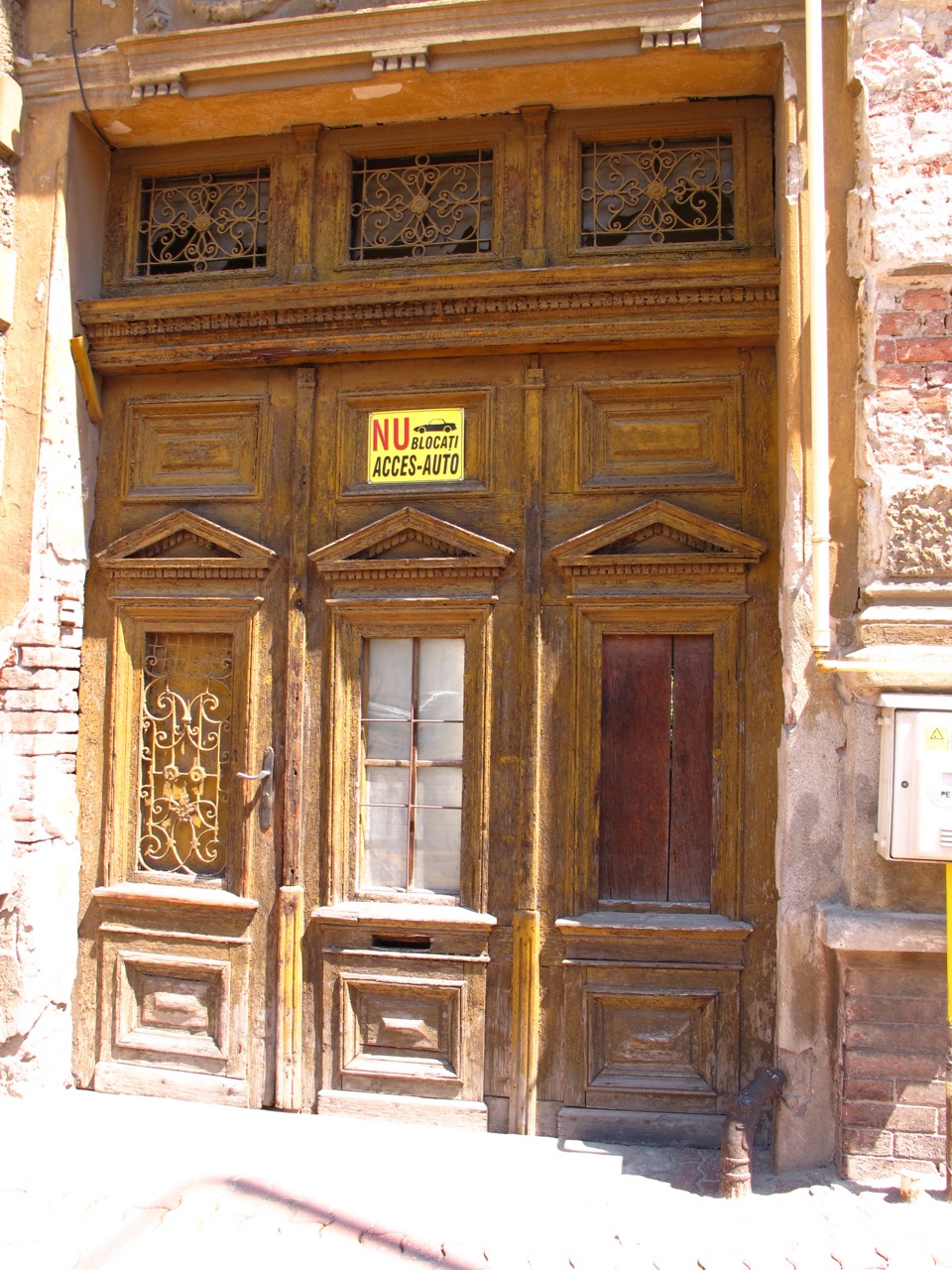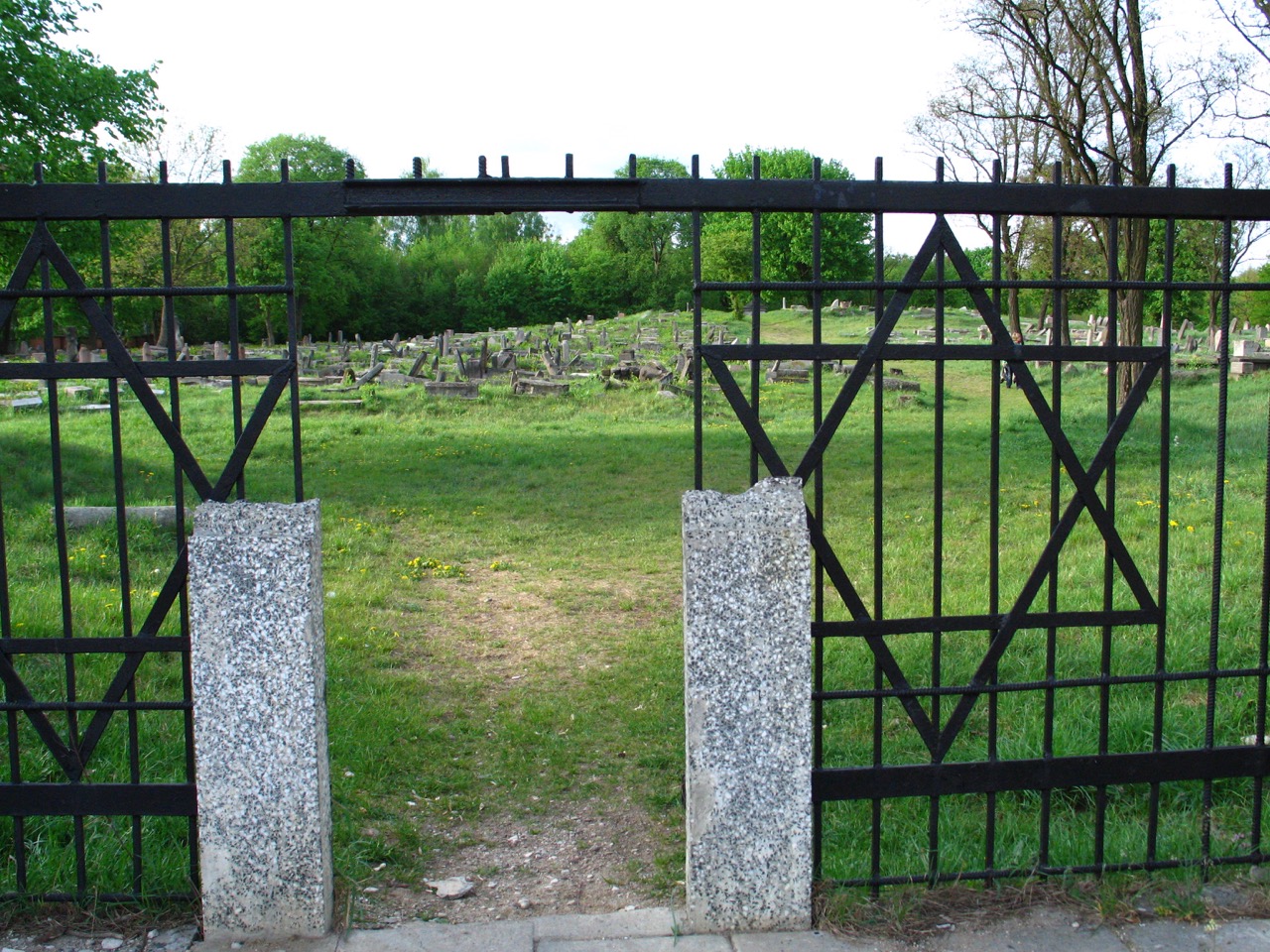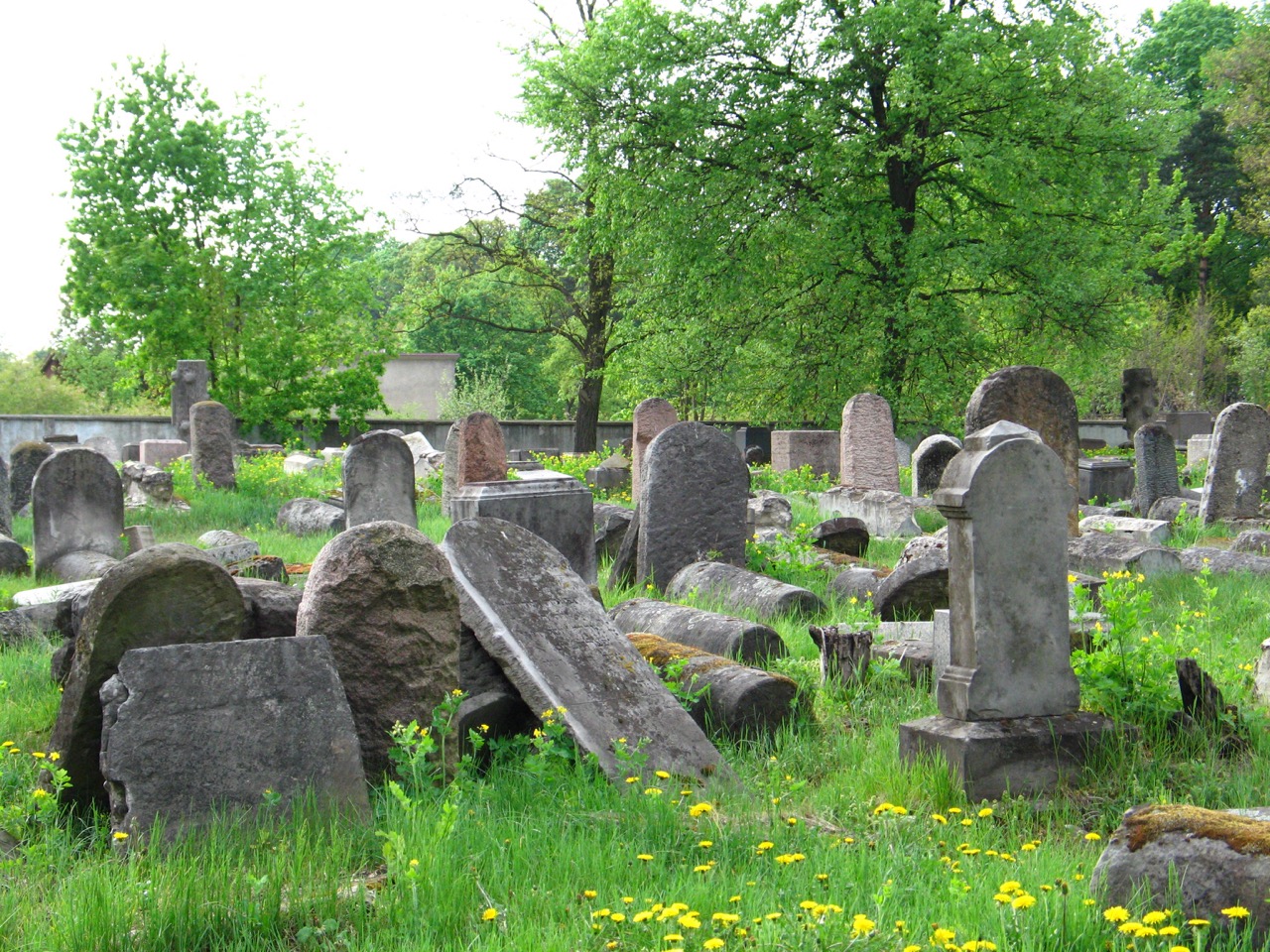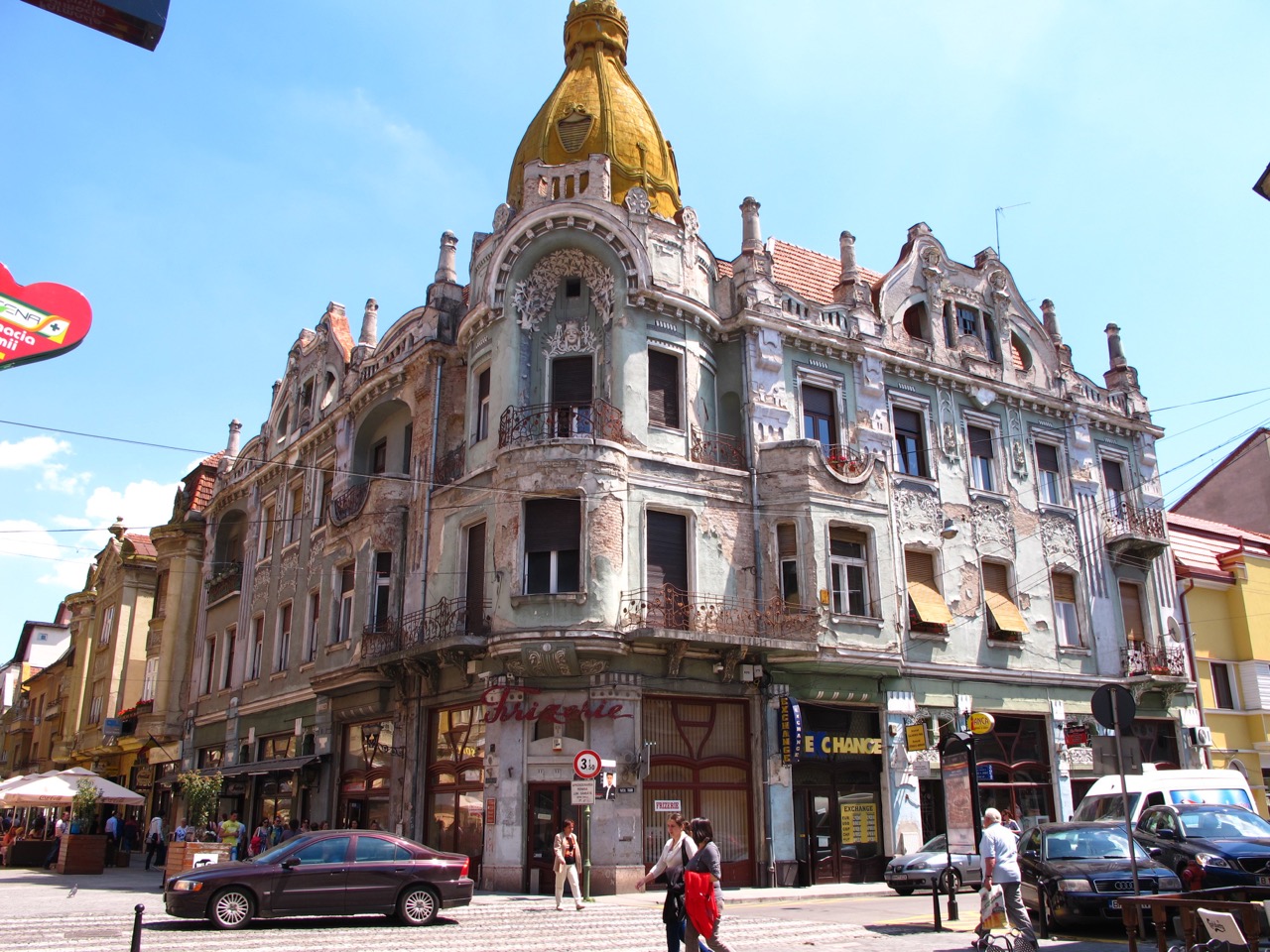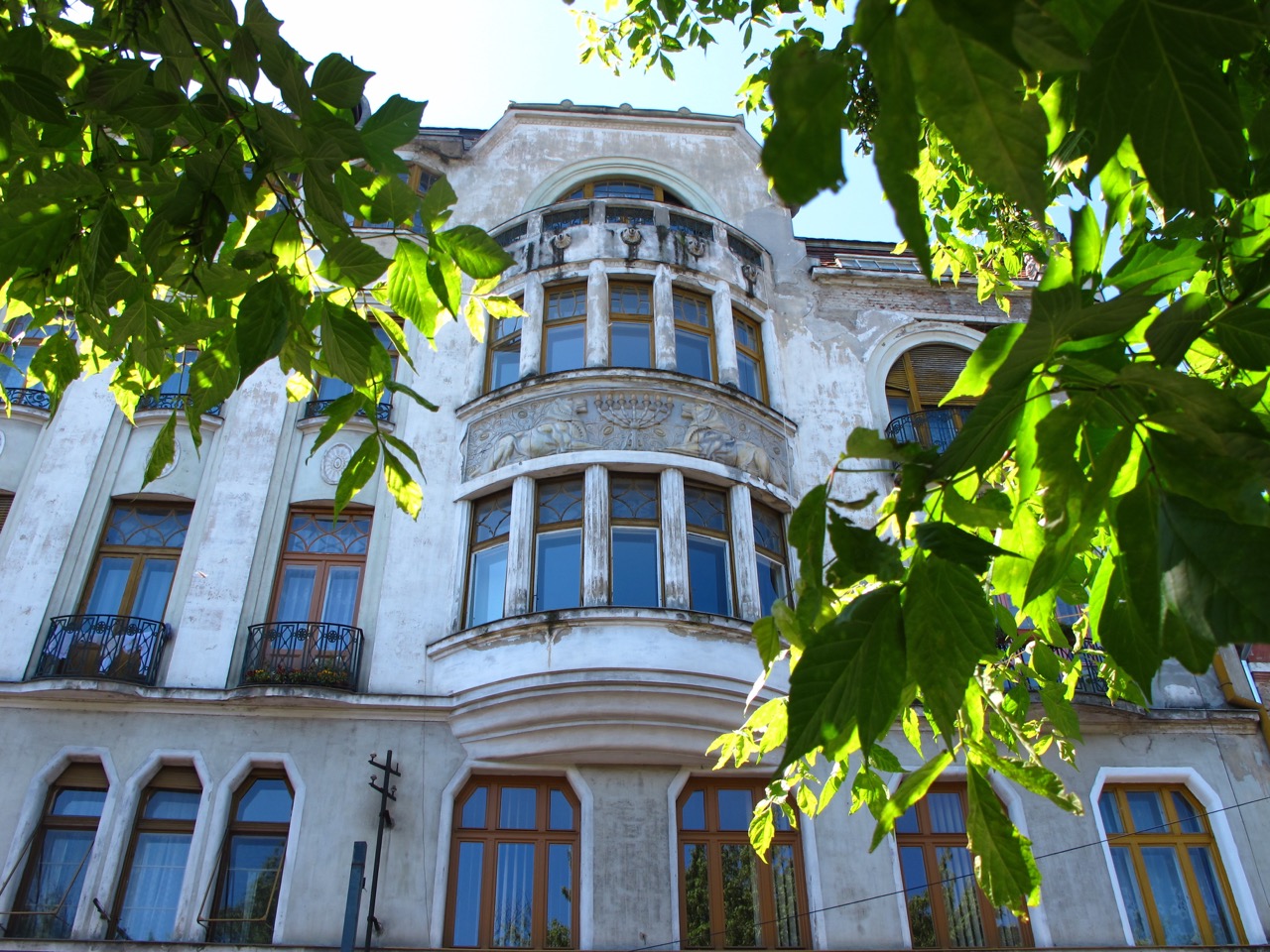Stepping Through Jewish History
When Arthur’s conducting gigs line up with my availability to tag along, the first thing I do is reach for a guidebook. I’d never heard of Bialystok, Poland, our next destination, so I did a quick internet search for context and came up with the book; From Bialystok to Birkenau, The Holocaust Journey of Michel Mielnicki. I hit the purchase button.
As the title suggests, this book is a far cry from my usual light-fare holiday travel guidebook. Mr. Mielnicki begins by telling the story of his childhood home near Bialystok and growing up Jewish in 1930’s Poland. In his teens, he is forced, along with his family, into the Bialystok ghetto and his life is torn to pieces. As I closed the back cover after reading the final page, I could barely breathe, and I had to sit for a while in silence; I had never before read a firsthand view describing the horrors of the Holocaust. This, for me, was the beginning of seeing Europe through a different set of eyes, and I knew I had to find Mielnicki’s Bialystok.
I contacted the publisher and offered to do anything I could for the Mielnicki’s while in Bialystok. Take pictures? Find people? After the Holocaust, Mr. Mielnicki had immigrated to Vancouver, Canada. The publisher wrote back to tell me that the author was in poor health, but that he would put me in touch with Mielnicki’s daughter. These connections take time, and I only had one week in the city, so I set off on my own exploration.
I found the Bialystok Region Jewish Society, which gave me maps of the city in 1927 and a map to the ghetto during World War II. I spent hours and days reconstructing pre-war Bialystok in my mind. My “guidebook” held tightly in one hand, the maps from the Jewish society in the other, my camera hanging around my neck, I walked every street of the city. I snapped pictures of any building that appeared to be 70 years old or more. I stood in the centre of the ghetto staring into empty windows and breathing in the history and horror of the families held there before their transportation to the camps. Bialystok was home to over 50,000 Jews before the Holocaust, only 1,100 returned. I visited memorials. The Ghetto Uprising Memorial, commemorating a revolt upon the Nazi announcement of the mass deportations to come. The Synagogue Memorial, a melted cupola representing the fire that destroyed the building, killing the 2000 men trapped inside. I took a bus to the Jewish Cemetery, where I waded through knee-high grass between the tumbled headstones, some marred by bullet holes.
Each evening I walked with Arthur through the small city centre to find a restaurant for our dinner. New pavement blocks were being laid on the city square, and grand old buildings were being repaired after years of neglect. We sat across from each other in a lively cafe eating wild forest mushroom soup, or pasta with truffles, and I told him about the history lesson I seemed to be walking through.
I began to create a picture for myself of what might have been Michel Mielnicki’s Bialystok and at the end of the week, I sent a letter to the author.
…I wanted to give you something back for having the courage to give us your story. I am sending some pictures, but I hope you will take the liberty to ignore them if you so wish. I will tell you that I found Bialystok to be a bright city, being renewed, and also preserved. Because of your story, I was able to come closer to the real city and culture, and not see it only through the eyes of a tourist. I thank you for sharing your story. You are an inspiring and courageous man….
A few weeks later I heard back from Michel Mielnicki’s daughter:
I just received this from the Holocaust Education Society here in Vancouver, and I can't begin to tell you how touched I was that you took the time to write to my father and send him these pictures. This will have more meaning to me and my Dad than you can ever imagine, for my children as well; you've given me a glimpse into my father's birthplace without all those negative experiences that haunt him to this day.
My preoccupation with European Jewish history continues, spurred on by my frequent visits to many cities in Eastern Europe that were locked away for decades behind the iron curtain and emerged without having had the modern updates of the west. Haunting and crumbling monuments left behind by the vanished still stand where they stood in the 1940’s, reminding me that the streets used to hum with a very different vibe. I read testimonies of Holocaust survivors, I trace the perimeters of the wartime ghettos with my footsteps, and I spend hours researching the lost Jewish families who belonged to the Italian designed villas and palaces still lining the streets of many of the cities that I visit each year. I have walked on the rails that lead into Birkenau concentration camp, stood in the gas chamber at Auschwitz, and lost track of time trying to find perspective at Bergen-Belsen. It’s an endless quest, one that pulls at me, leaving me with more questions and fewer answers.
In 2010, my first visit to Oradea, Romania, I read of a great synagogue, the Zion Temple, and I went in search of it. At the stated location, quite in the centre of the city, was a tangle of trees and bushes, but no sign of the massive and majestic building I had in mind. I carefully pulled back some of the overgrowth and barbed wire, and I glimpsed a run-down and rusted hulk, left alone to decay for over 50 years. A few months ago I was back in Oradea, and I took the above picture of the Zion Temple. This synagogue and many others are under restoration. Where, in recent years they have served as markets, warehouses, or just derelict monuments to a time forgotten, they are being returned to places of worship, or Jewish historical centres and museums.
Last week, when walking near my home in the Netherlands, my eye caught a shine on the sidewalk. A few metal bricks replaced the typical red bricks in the sidewalk. Each metal brick stated a name, a date, and a place of death. Here Lived Siegfried Hertz, born 1915. Deported 1942. Killed August 8, 1942. Auschwitz. A black granite plaque on a nearby house announced the former presence of a synagogue. I walked on and saw more and more memorial bricks. I haven’t seen them all yet, but I will. I will walk all the streets, and read every name on every brick. The story of European Jewish history is beginning to be given a place.
Michel Mielnicki died this past September. Everyone should read his book.
Hover over the below pictures (or choose landscape on mobile) for some more info on my steps through Jewish history.

